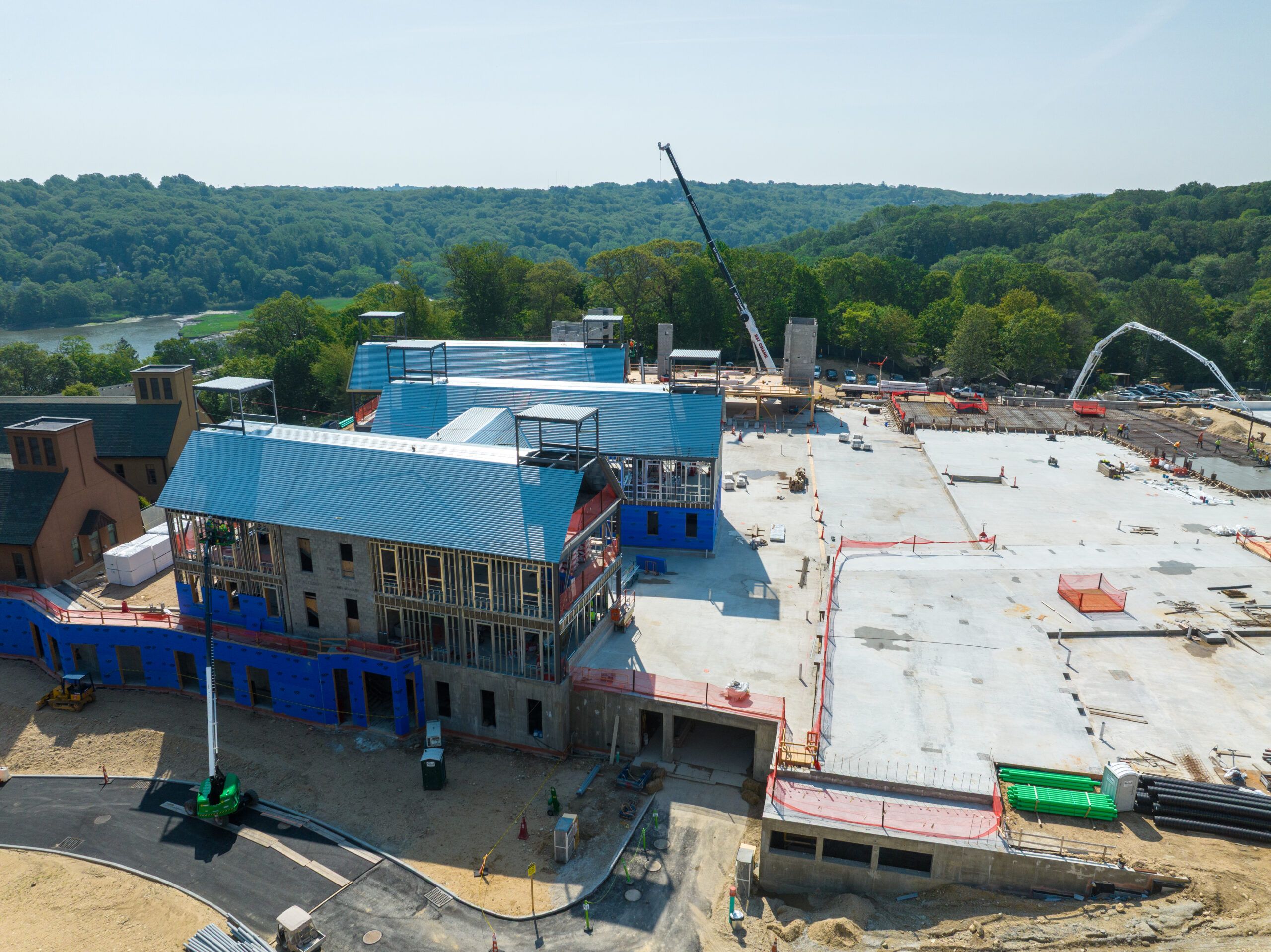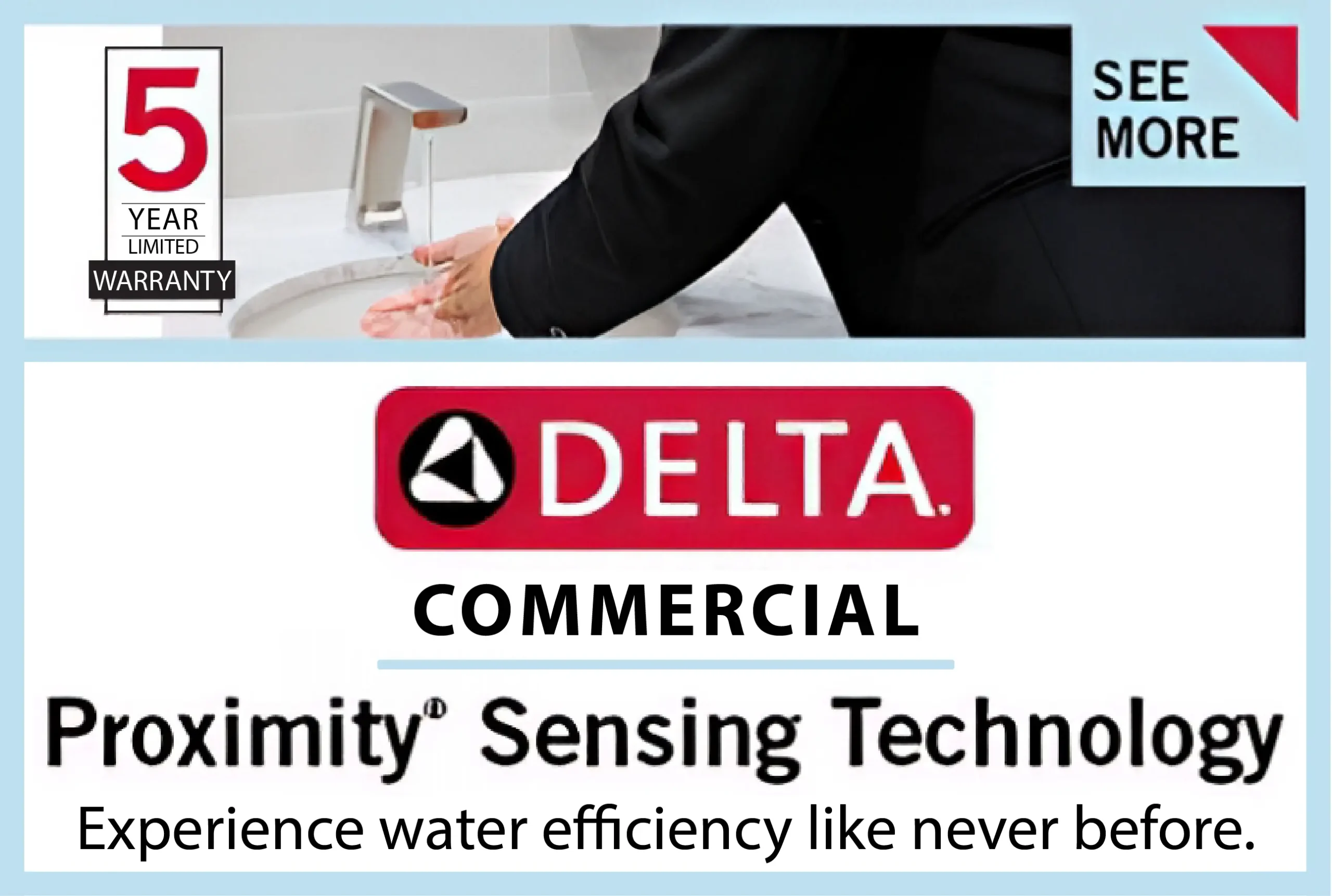How clean is the air you breathe inside your house?
Many homeowners fail to understand that indoor air pollution levels can reach 2-5 times those found outdoors even within city limits. Your home’s air quality directly affects your physical health and overall comfort and well-being.
Here’s the truth…
Millions of Americans face health dangers from indoor air pollution every day. Your home’s air quality can achieve dramatic improvements when you possess the proper knowledge and tools.
What You’ll Find Inside
- Why Indoor Air Quality Matters
- Common Indoor Air Pollutants
- Health Effects of Poor Indoor Air
- Effective Solutions for Better Air Quality
- The Regulatory Landscape
- Taking Action Today
Why Indoor Air Quality Matters
Indoor air quality (IAQ) represents a crucial factor for human health beyond creating a comfortable environment. The EPA lists indoor air pollution as one of the top five environmental health dangers we currently encounter.
Think about it:
Americans spend approximately 90% of their time inside buildings. More than 21 hours every day you spend breathing the air inside your home. Exposure to air pollutants, allergens, and toxins means you face potential health risks 24/7.
The U.S. indoor air quality market attained a $10.5 billion valuation in 2024 with expectations to reach $12.9 billion by 2029. The rising market value indicates that people are more aware of the health benefits of maintaining clean air inside buildings.
But here’s what most homeowners don’t know…
Everyday household products together with routine home activities produce dangerous compounds that contaminate your living space’s air. Without your knowledge you may be degrading your indoor air quality through everyday activities like cleaning and cooking.
Common Indoor Air Pollutants
The initial move toward improving your breathing quality starts with discovering which elements are polluting your air. The most common indoor air pollutants include:
- VOCs release directly into the air from sources such as paints, cleaning products and new furniture as well as building materials.
- Particulate Matter includes airborne particles such as dust, pollen, pet dander, and smoke particles.
- Biological Pollutants are harmful agents such as mold and bacteria which also include viruses and dust mites.
- Carbon Monoxide originates from appliances that burn fuels such as stoves and furnaces.
- Radon is a radioactive gas from natural sources that infiltrates homes through structural cracks in foundations.
- Gas stoves along with fireplaces and tobacco smoke generate Nitrogen Dioxide.
According to recent reports 46% of the U.S. population which is 156 million people reside in regions where air quality is affected by dangerous levels of ozone and particle pollution. Air quality declined due to extreme heat and wildfires which adversely affected an additional 25 million people compared to the previous year’s report.
The most concerning aspect? These pollutants remain undetectable to human senses because they exhibit no smell or visual presence which requires proper testing equipment for identification.
Health Effects of Poor Indoor Air
Substandard indoor air quality leads to more than just stuffiness in your home by posing significant health risks. Exposure to indoor air pollutants for short periods creates health issues.
- Irritation of the eyes, nose, and throat
- Headaches and fatigue
- Dizziness
- Aggravated asthma symptoms
- Respiratory infections
Long-term exposure presents even greater risks:
- Chronic respiratory diseases
- Heart disease
- Cancer (particularly from radon and certain VOCs)
- Neurological problems
The health effects of poor indoor air quality disproportionately affect children, elderly people, and individuals with existing health issues. Every homeowner must prioritize good indoor air quality for their living space.
Effective Solutions for Better Air Quality
You can enhance your home’s air quality without facing complicated procedures or high costs. Quality Air Brothers suggest that indoor air quality services should use multiple layers of protection to tackle pollution sources and enhance both ventilation and filtration systems.
These strategies have been verified through EPA recommendations:
1. Source Control
Reducing pollutants at their source through elimination or emission reduction represents the optimal strategy for improving indoor air quality. This includes:
- Using low-VOC paints and finishes
- Choosing cleaning products with fewer harmful chemicals
- Properly storing and sealing chemicals and solvents
- Reduce the use of fragranced products and air fresheners to maintain better indoor air quality.
- Maintaining indoor humidity levels between 30% and 50% prevents mold growth.
2. Ventilation Improvements
The construction of modern homes focuses on achieving energy efficiency through tight sealing against outdoor air. These energy-efficient designs save power but risk trapping pollutants within the home. Better ventilation systems allow fresh air to enter while expelling the stale air from inside.
Consider these ventilation upgrades:
- Make sure to put exhaust fans into bathrooms and kitchens for use
- Open windows when weather permits
- Use attic fans to improve air circulation
- Consider installing either a heat recovery ventilator (HRV) or an energy recovery ventilator (ERV).
- Ensure all combustion appliances are properly vented
3. Advanced Air Filtration
High-quality air filters effectively extract substantial amounts of particulate pollutants from household air. Options include:
- Improving air filtration requires upgrading HVAC filters to the MERV 11-13 range.
- Portable air purifiers with HEPA filters can eliminate 99.97% of particles that are 0.3 microns in size.
- Whole-House Air Purifiers function as integrated components of your HVAC system.
- The Kronos Model 8 represents newer nanoparticle air purification technology that eliminates contaminants down to 0.0146 microns in size.
4. Regular Maintenance
Good air quality demands regular maintenance of your home systems.
- Change HVAC filters every 1-3 months
- Schedule annual HVAC inspections
- Clean air ducts when needed
- Check and clean humidifiers and dehumidifiers
- Perform radon testing and put in place mitigation systems if they are required.
The Regulatory Landscape
Regulatory bodies are starting to acknowledge the critical nature of indoor air quality. The EPA enhanced the PM2.5 standards to 9.0 μg/m³ during February 2024 to improve public health protection.
Indoor air quality guidelines have been developed by more than 50 international organizations along with the World Health Organization. These standards define healthy indoor air quality benchmarks that direct your improvement actions.
Taking Action Today
Indoor air quality holds such significance that you should never overlook it. The expanding U.S. indoor air quality market will soon offer homeowners more options to achieve cleaner air for breathing.
You can establish a healthful home atmosphere for yourself and those you care about by learning about indoor pollution origins and applying comprehensive air quality improvements.
Start with simple steps:
- Replace your HVAC filters with higher-quality options
- Limit your use of chemical-based cleaning products and air freshening devices.
- Enhance airflow in bathrooms and kitchens which generate high humidity levels
- A portable air purifier could be beneficial for bedrooms and spaces that you use often.
Wrapping Up: Your Clean Air Journey
The quality of indoor air determines the overall condition of your home environment and your health. The EPA identifies it as one of the top five environmental health risks but homeowners frequently neglect this vital home maintenance issue.
Remember these key points:
- The air inside homes frequently contains higher levels of pollution than the air outside.
- Air quality inside the home deteriorates because of common household products and daily activities.
- Poor air quality results in both immediate and extended health consequences.
- A multi-layered approach to improvement works best
- Continuous upkeep of your home helps preserve good air quality.
When you manage your home’s air quality you provide health and comfort benefits for your family. Making your house a home means doing everything you can to ensure your family’s health and comfort.












